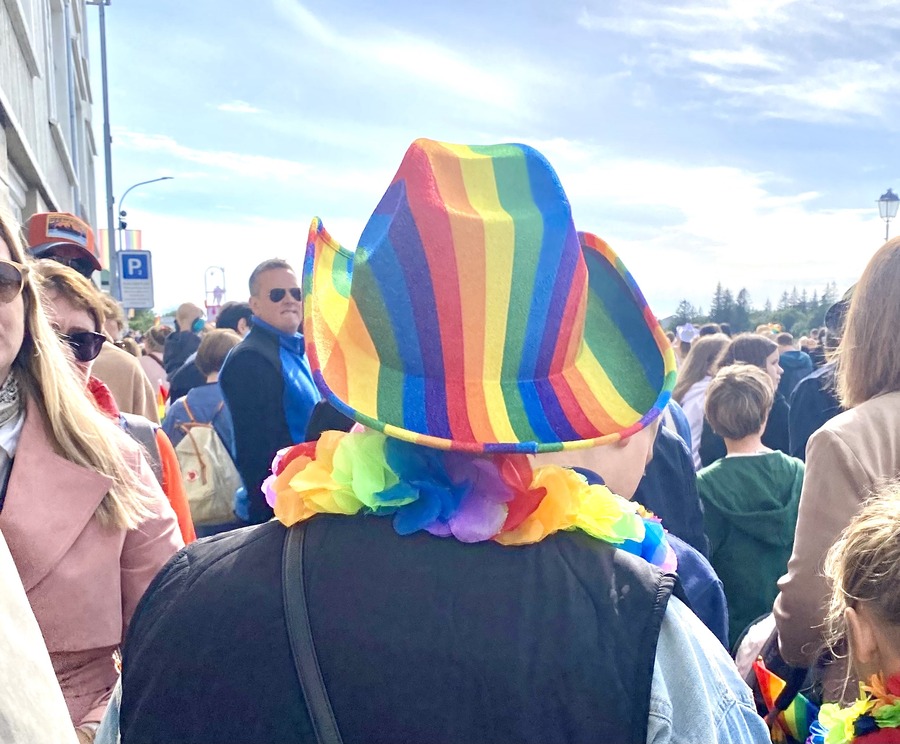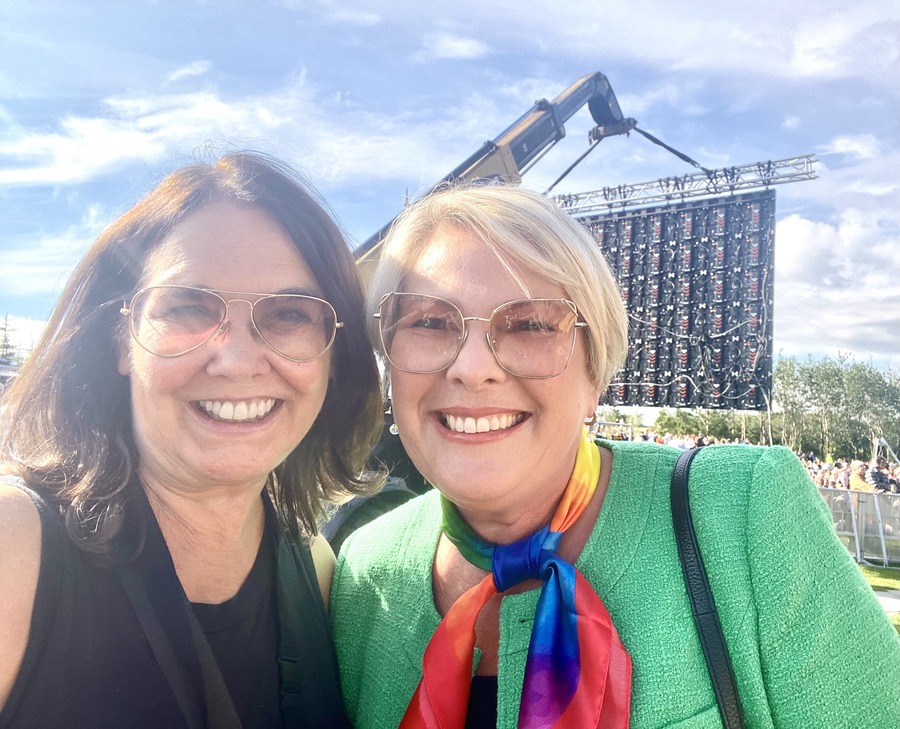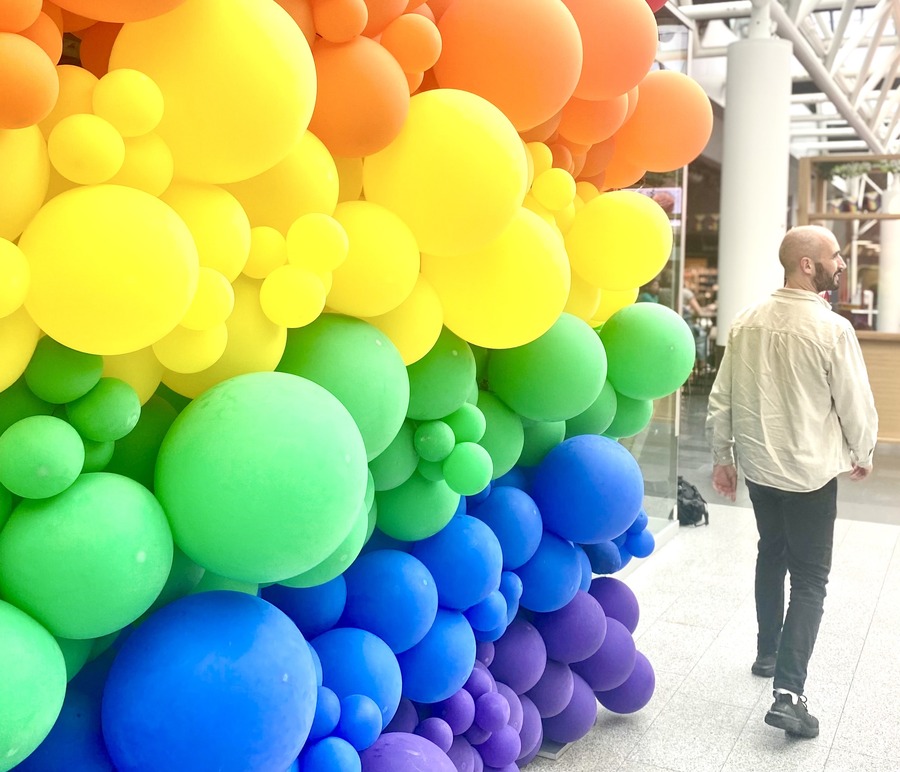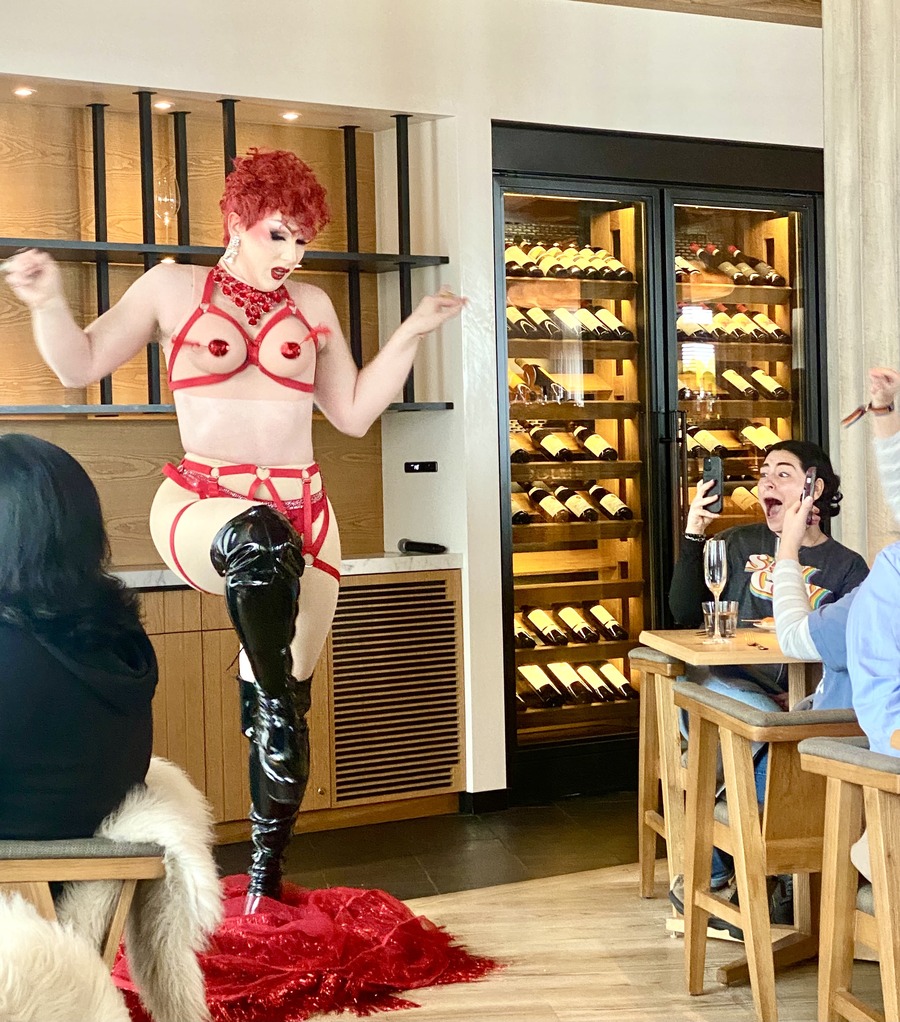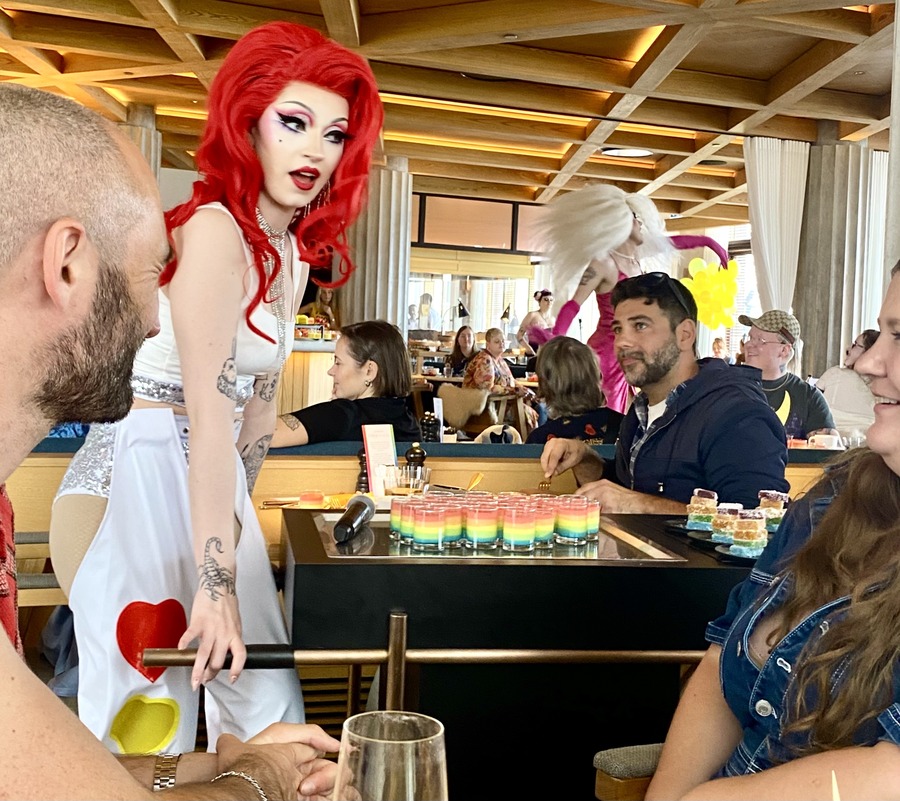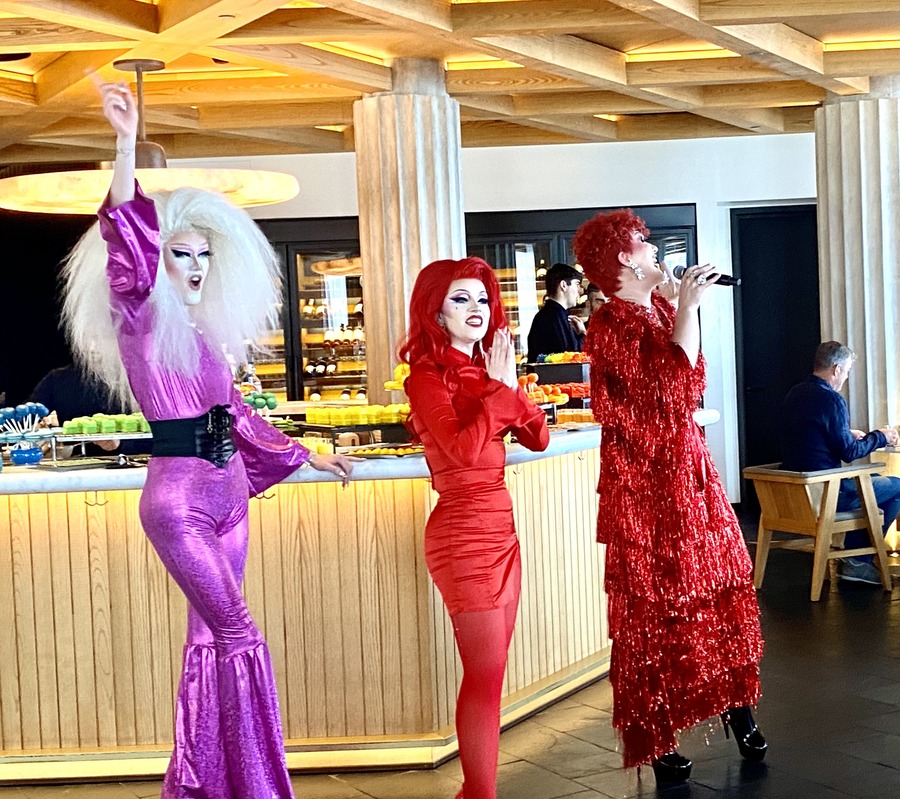
On this stunning volcanic isle, Reykjavik Pride has transformed the fight for rights into the nation’s biggest celebration, with over a quarter of the country attending. But Pride here goes beyond the parade and festivities—it stands as a powerful statement of solidarity with the LGBTQI+ community. KALTBLUT spoke with Hannes Sasi, 47, a founder of Pink Iceland, the country’s leading queer travel, event, and wedding planner. Hannes shared how 25 years of Pride in Reykjavik have evolved into an event that captures the entire nation, from the drag queens to music, shaping Iceland’s uniquely inclusive identity on one of the most magical islands in the world.
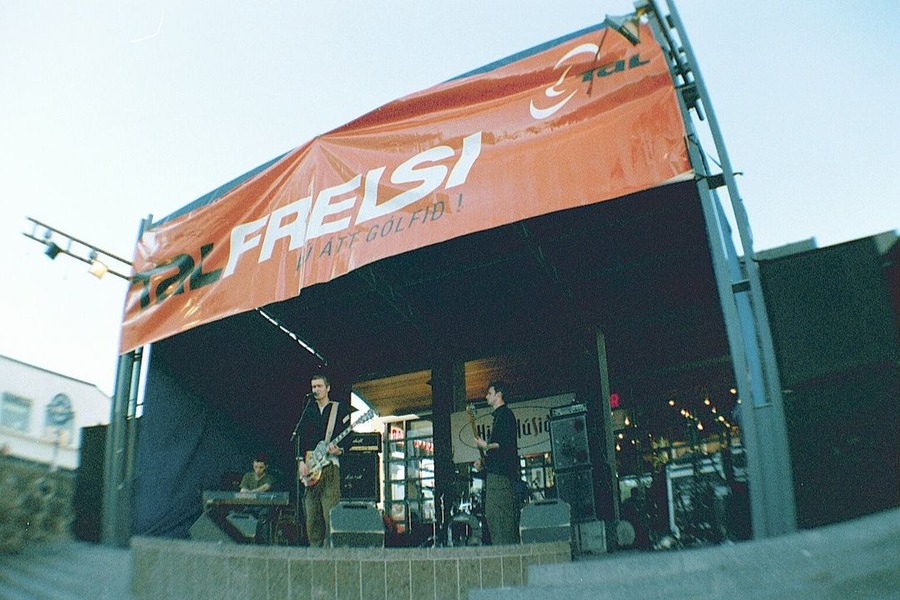
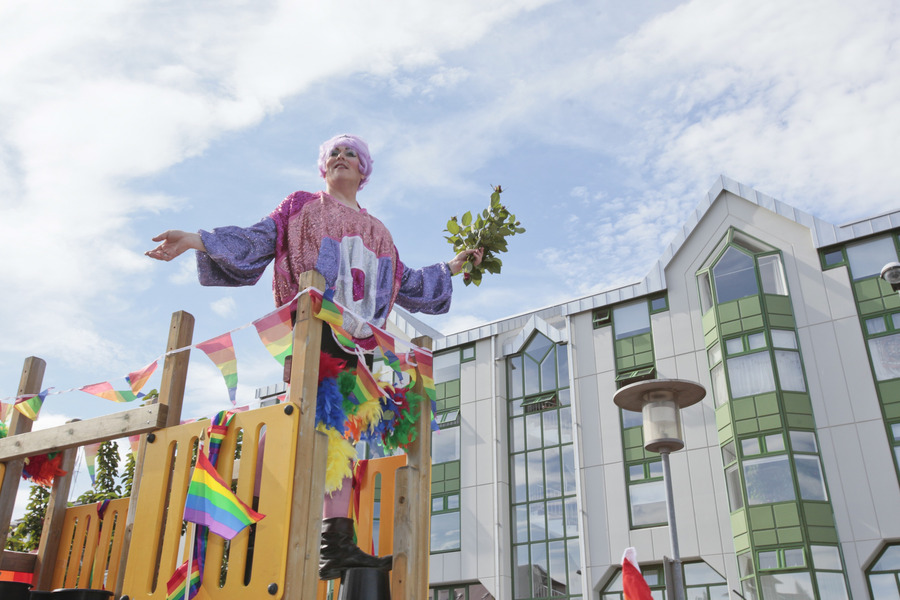
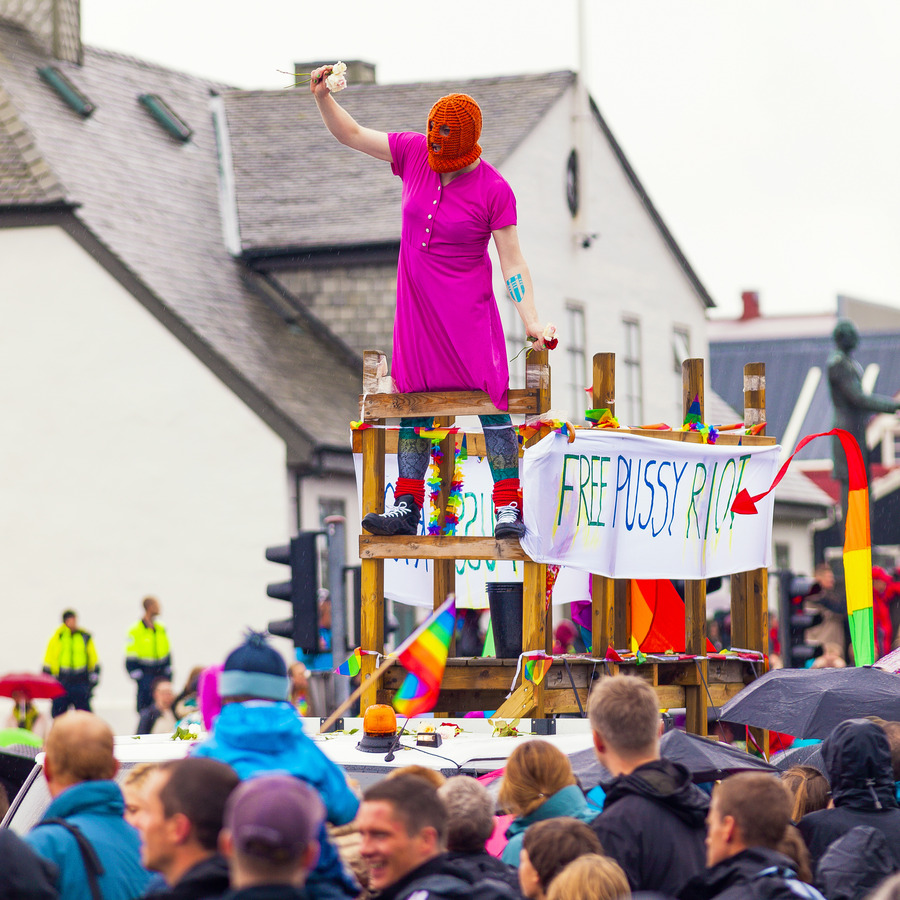
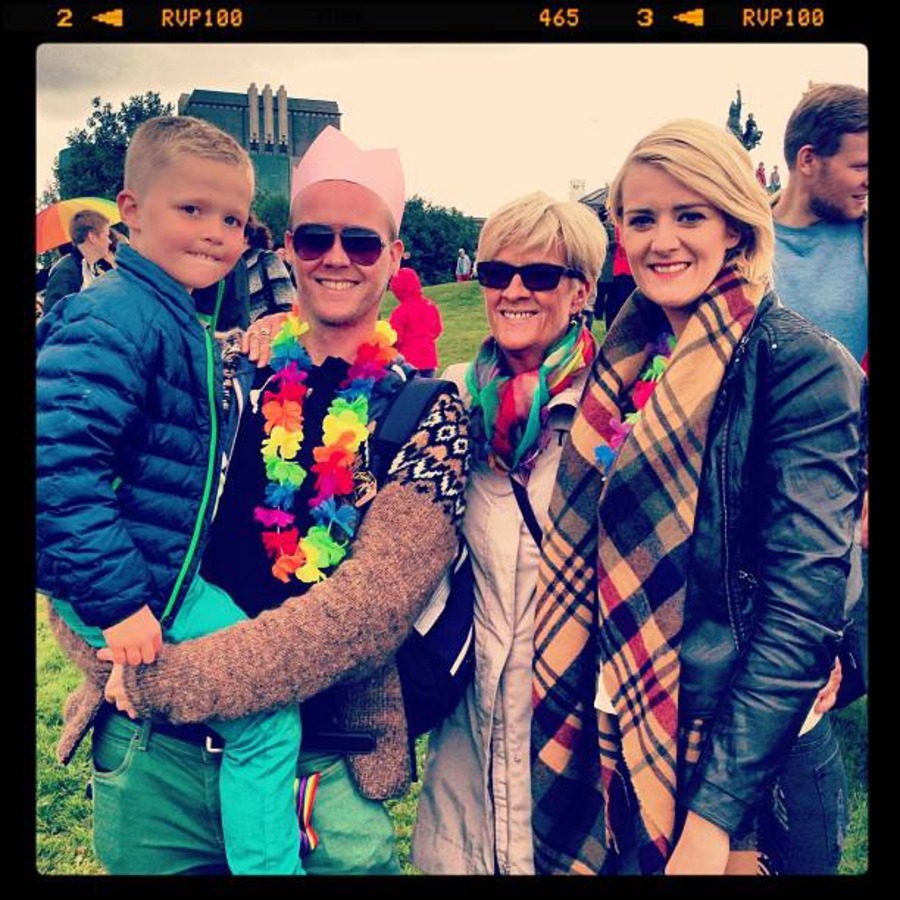
KALTBLUT: What are your early memories of Iceland Pride and the first Parade in 2000?
Hannes: It was small, fewer than 2,000 people, but I remember everything vividly. The weather was beautiful. I was 22 and part of something that would bring change. The band Sigur Rós played a 45-minute set—the song that still resonates with me is “Starálfur” (“Staring Elf”). Later that day, there was a record store in Reykjavik where over 200 people were queuing to buy the CD—we were so proud.
KALTBLUT: How big was Iceland Pride when it started – has it grown significantly?
Hannes: The surge in numbers happened quickly. There were around 12,000 people at the first parade in 2000. I was helping someone that day to get ready, as I was too shy to participate. It gives me goosebumps, just as it did then, to remember the thousands of people waiting for the parade to come around the corner. It was probably one of the best moments of my life. The parade numbers grew rapidly—around 30,000 the following year, then 50,000—to what it is now, with over 100,000 people.
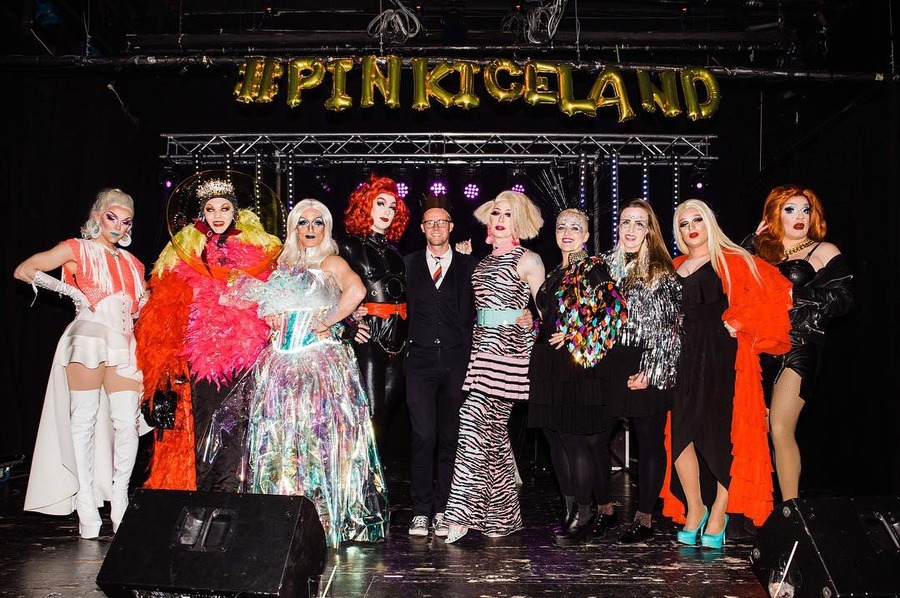

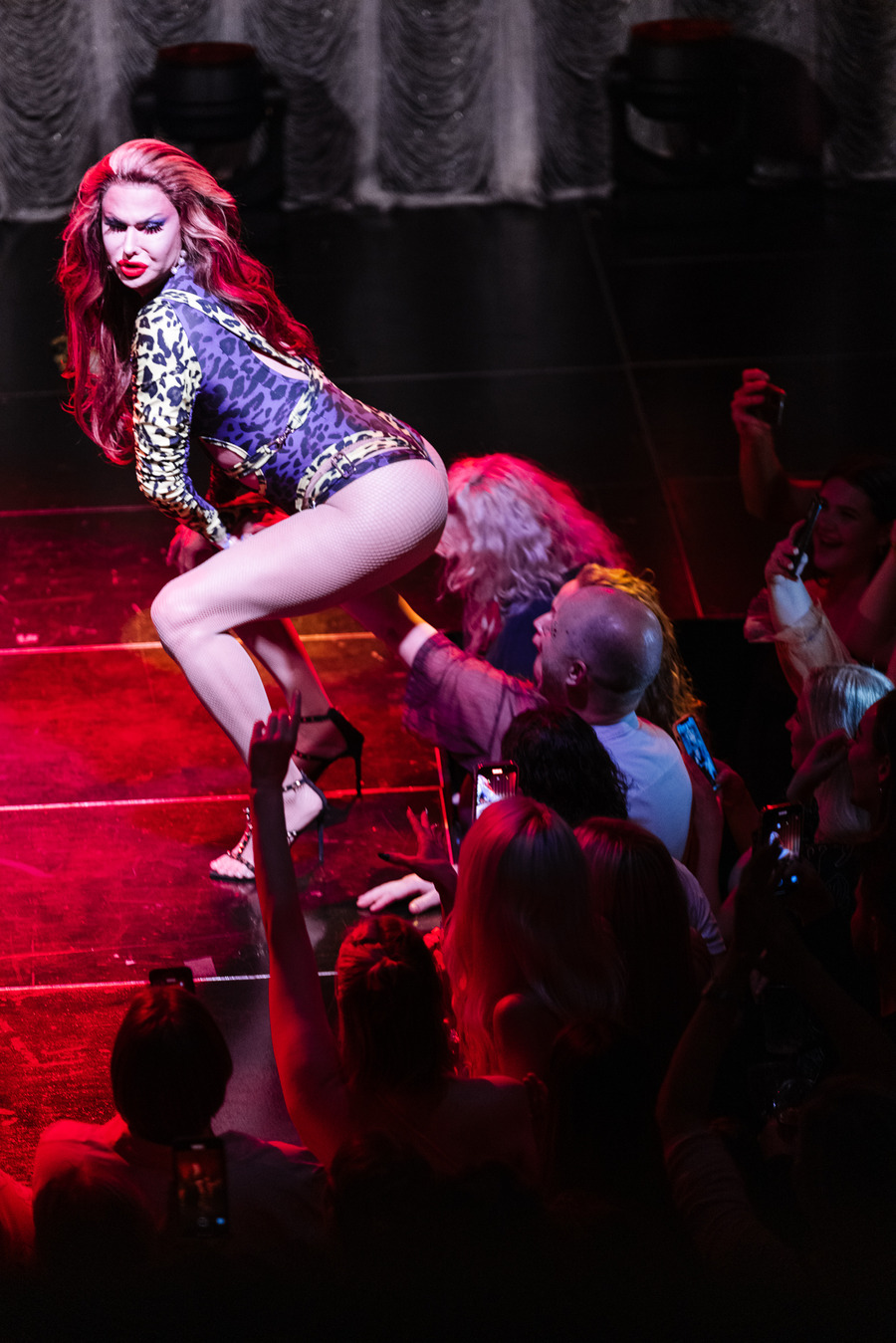
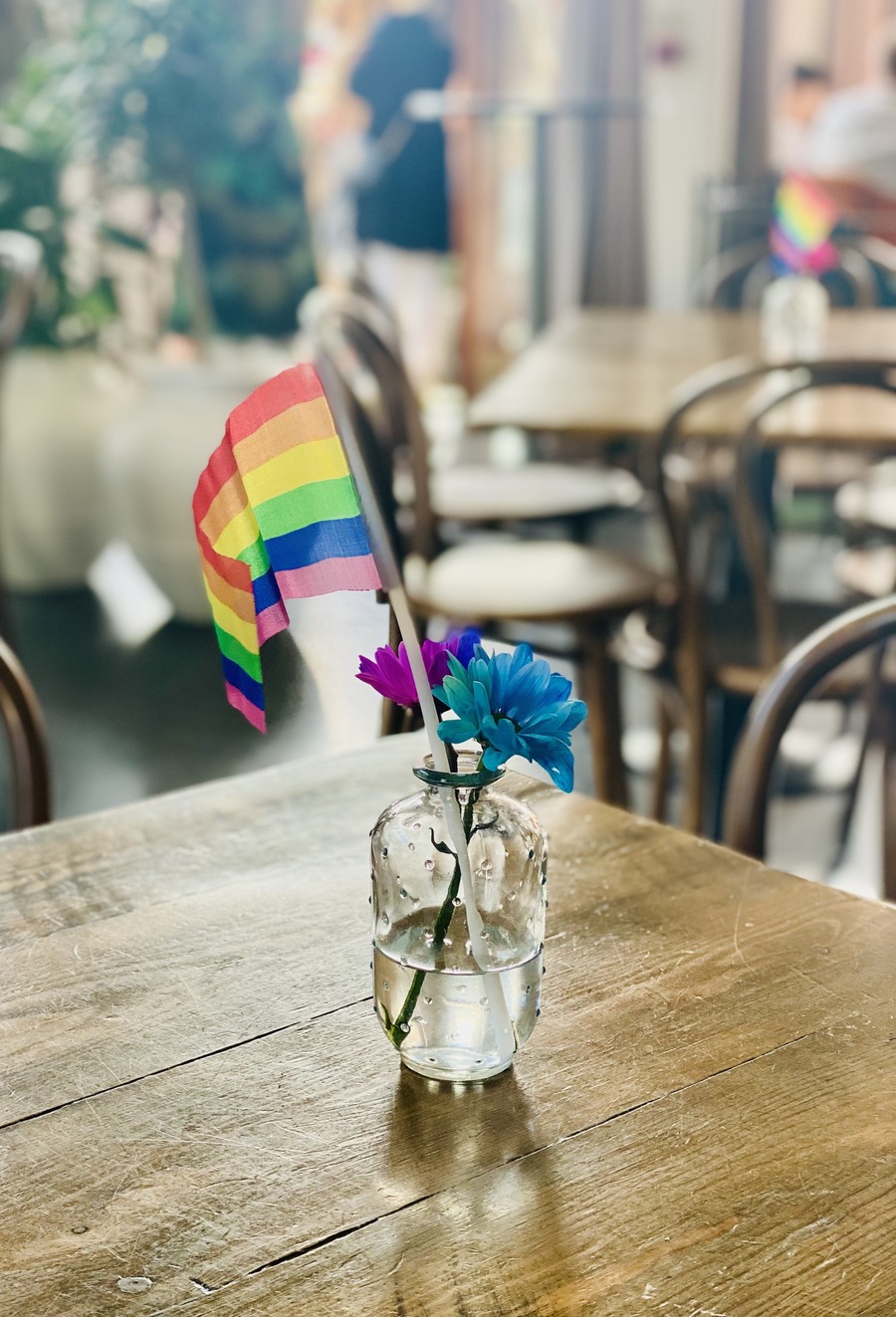
KALTBLUT: Iceland Pride is an event for everyone, more so than any other worldwide Pride – how did this come about?
Hannes: It’s always been that way. Pride was launched by the queer organization, but it was always a march of joy. The colours and the music appeal to all, especially children. Furthermore, June 17th is Iceland’s Independence Day, which everyone in Iceland has always celebrated, though it was previously a bit humdrum. But when Pride came along, it was much more fun and edgy. There was some pearl-clutching over the leather-clad floats. As the story goes in Reykjavik, a six-year-old girl tugged on her mother’s sleeve, asking, “Where are the leather guys?” One year, they just weren’t there. It was a loss—that was the edgiest thing about the parade. However, Reykjavik Pride is now the biggest annual event in Iceland.
KALTBLUT: Who are some of the musicians that have influenced Iceland Pride?
Hannes: Sigur Rós was a huge influence—wonderful. But what’s a bit more personal for me is the work of the gifted translator Veturliði Guðnason, who had an incredible way with words. In 2003, he wrote the Icelandic lyrics to Gloria Gaynor’s “I Am What I Am.” Since then, it has become the anthem of Pride—the song that brings us together. The Icelandic version of “I Am What I Am” is captivating, and every Icelander, from age 6 to 80, knows and joins in.
Along with that, Páll Óskar, Iceland’s pop royalty, has been a major figure in shaping Pride. Known for creating the most outrageous floats, from butterflies to a colossal swan, in 2024 he performed from a 10-meter, 3-tier wedding cake with his new husband. Apart from Björk, he is the most successful homegrown star in Iceland’s history. Páll Óskar has kept “I Am What I Am” alive, calling it the national anthem of queer music. He’s so mainstream that everyone rushes to dance and shout out the lyrics.
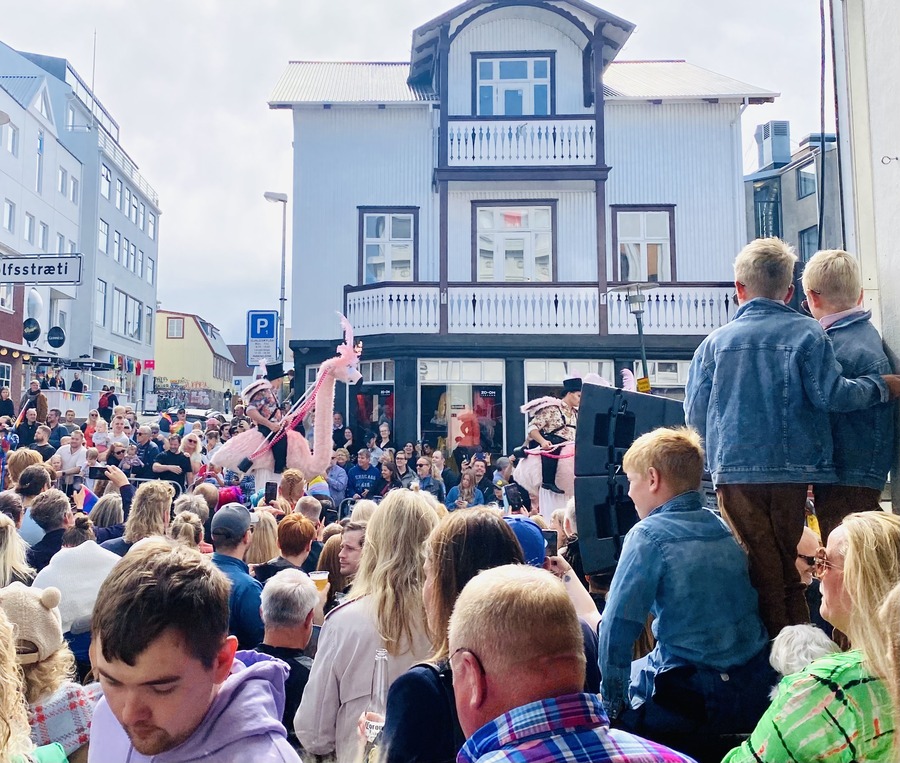
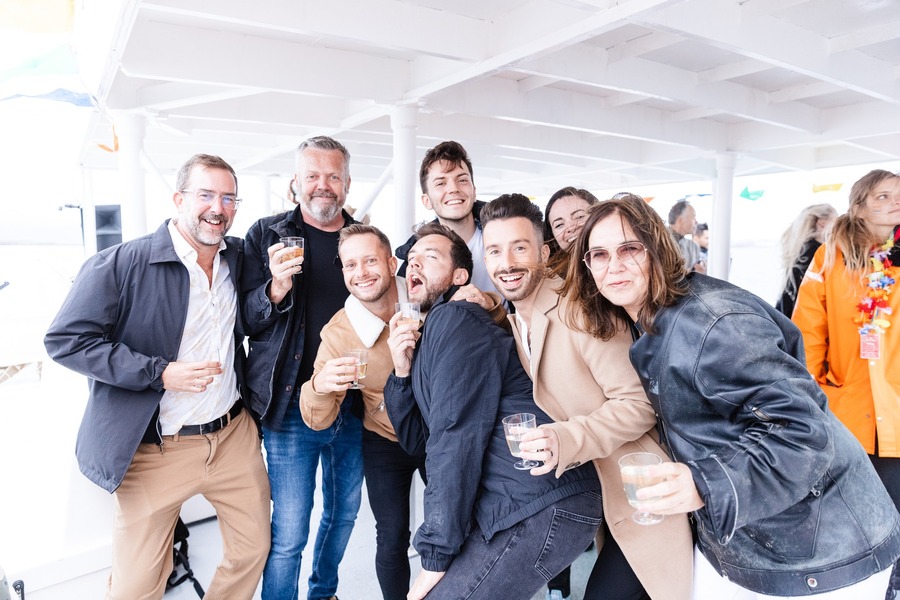
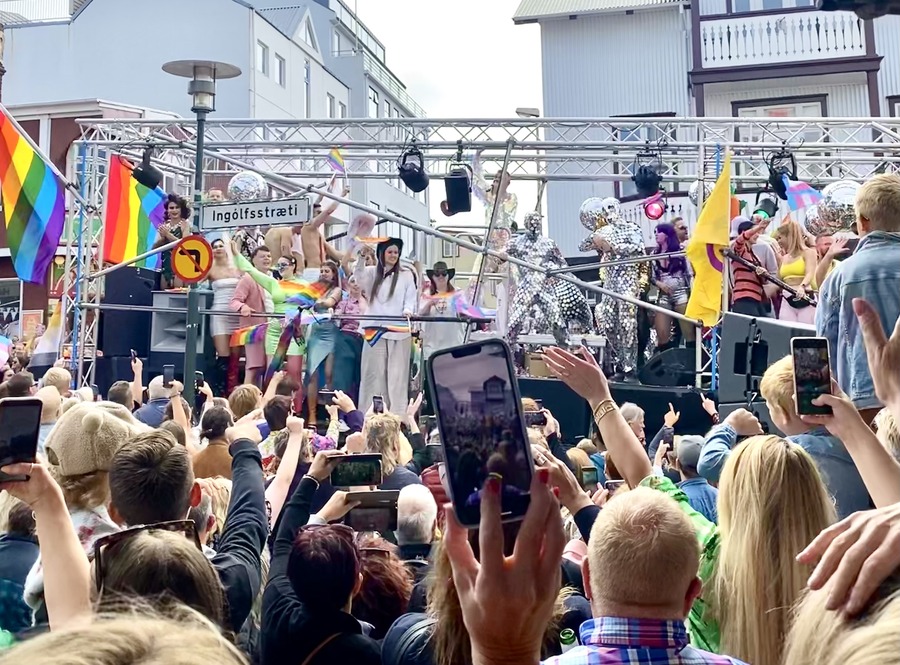
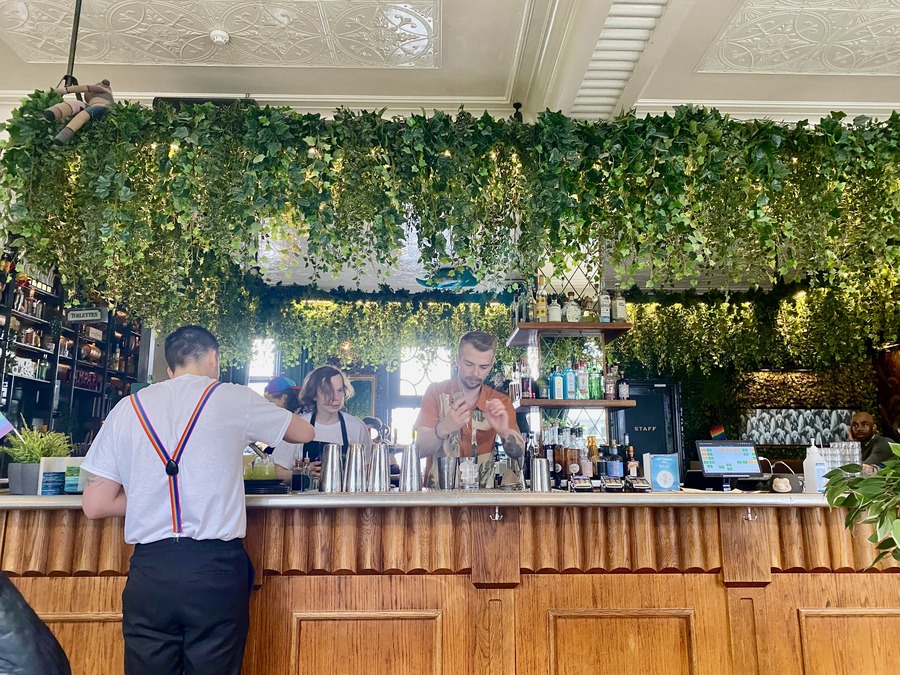

KALTBLUT: And the drag queens that have influenced Iceland Pride?
Hannes: In the early days, drag queens came from Norway—old-school drag, which was something Iceland hadn’t seen before— just fabulous. Moulin Rouge, which opened in 1998, was the first gay club in the country, and there was some drag there. But growing up pre-internet with limited access to information, we weren’t very aware of drag culture. It’s an incredible way to express oneself. These queens were super professional, and they returned year after year for Pride.
The first international queen came around 2014 with Willam Belli, known for being kicked off RuPaul’s Drag Race. In 2018, Queen Detox from the US also visited, and there’s now a mural of her in our office—she’s considered the patron saint of Pink Iceland.
KALTBLUT: What challenges or opportunities have you encountered with Pride?
Hannes: As the umbrella expands, we include more marginalized groups. I enjoy the privilege
I have today like what straight, middle-aged men experience. It’s the privilege of being a comfortable gay person in a largely binary world.
Looking back to the ’90s and 2000s, our focus was on “being the same” – “Hey, I’m just like you, no different.” But now, it’s up to us to build on these experiences. Just because we’re doing well doesn’t mean other minorities aren’t still marginalized and treated the way we were. These communities are being targeted.
It’s not about saying, “Oh no, this is rocking the boat.” We have traumas from our struggles, and we understand the impact that marginalization has. The latest target is the trans and non-binary communities. Regardless of our privilege, we must stay in the boat and not abandon the ship. We can’t step away at this point—we have a moral duty to act.
I’m part of the in-between generation—the one that experienced both what it was like to be marginalized and the acceptance we enjoy today.
But our community should be moving forward. Forget being complacent or “bougie” enough. Most people, whether gay or straight, have been picked on at some point—whether for their size, appearance, or academic prowess. If you’ve never been picked on, okay—but really? Most have, and they know how awful it feels. So why would anyone want to perpetuate that?
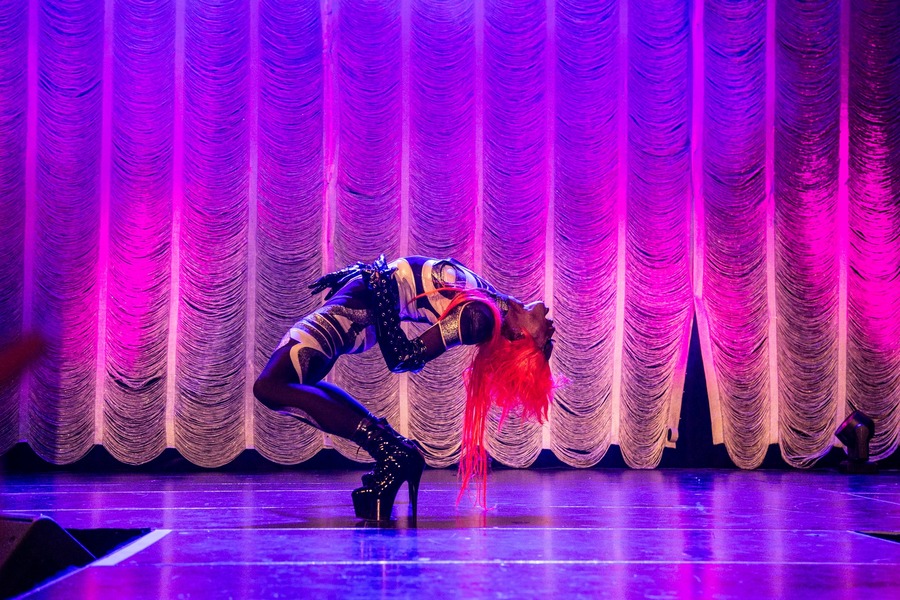
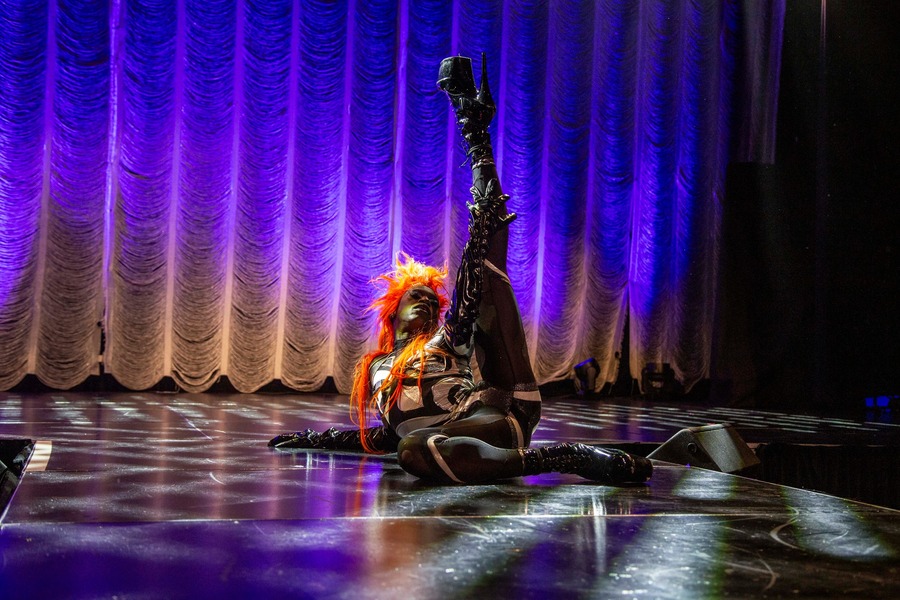
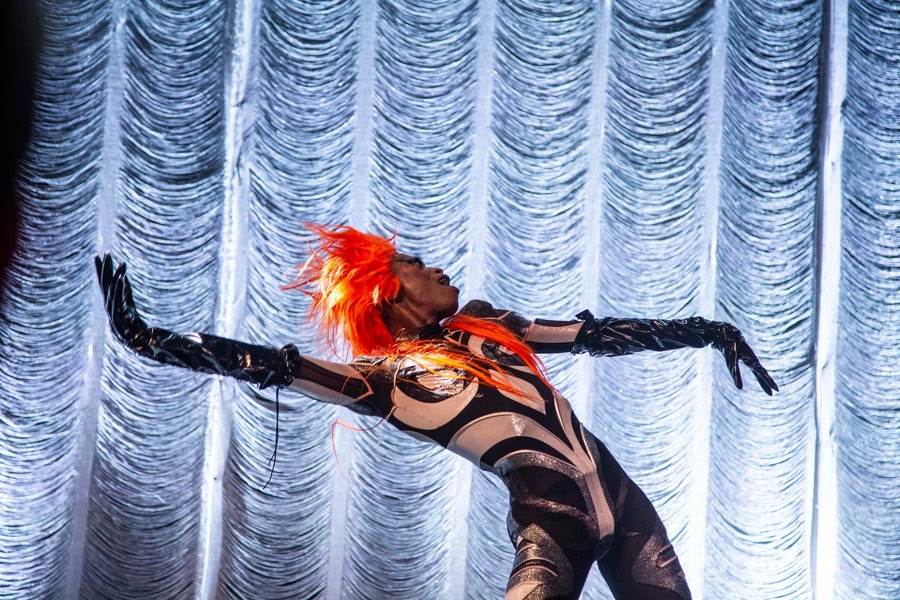
KALTBLUT: How has Iceland Pride helped shape gay rights over the years?
Hannes: It’s played a huge role in the hearts and minds of Icelanders in what we have today. We’re almost there, and we’re included by law. But Pride catapulted us forward, and we’re grateful for that. Just seeing people being themselves and their happiness at Pride did much. It helped people realize that a marginalized group doesn’t threaten anyone. So, hey, live and let live—I believe that’s why Pride has been so successful in Iceland.
KALTBLUT: The lovely Halla Tómasdóttir, president of Iceland, attended Pride 2024 – was she the first president to do so?
Hannes: No. We’ve always had strong support from politicians. It was controversial, but the president was there to celebrate civil unions back in 1996. I think it was only 2 or 3 MPs who abstained from voting on gay rights in the early years—few and far between. One of my favourite memories was in 2012, when the mayor of Reykjavik, in solidarity with the Russian female punk band Pussy Riot, wore a pink dress and knitted balaclava during Iceland’s Pride parade. A banner with the words “Free Pussy Riot” hung from his float.
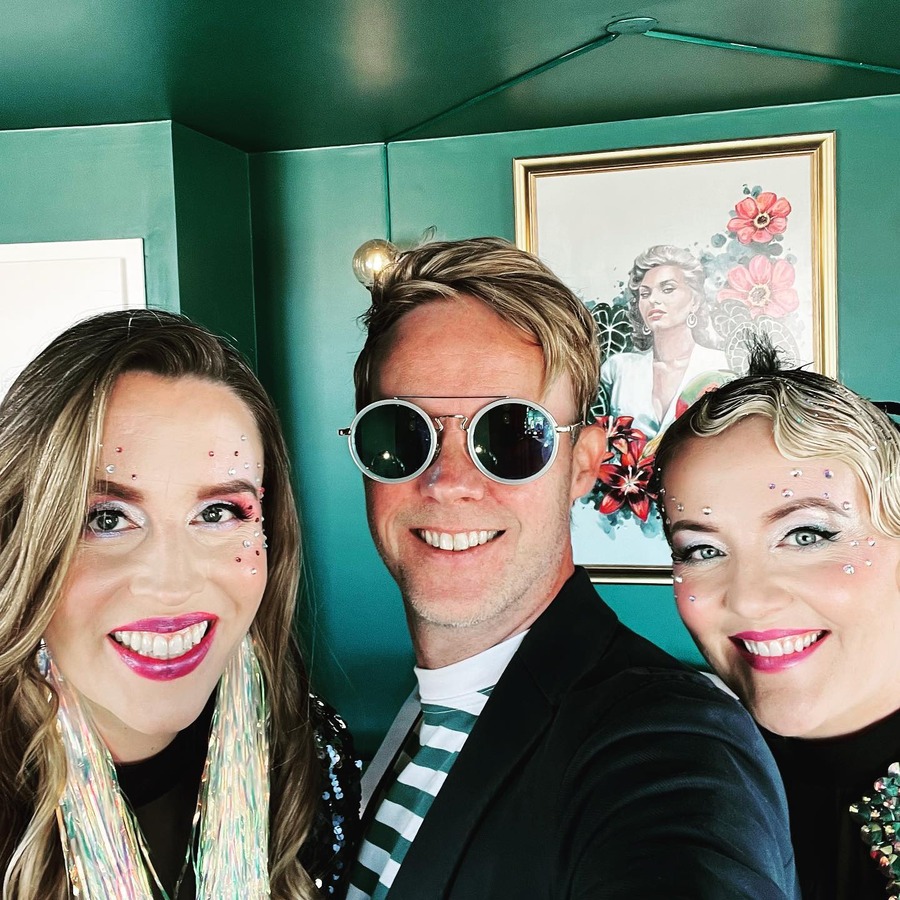
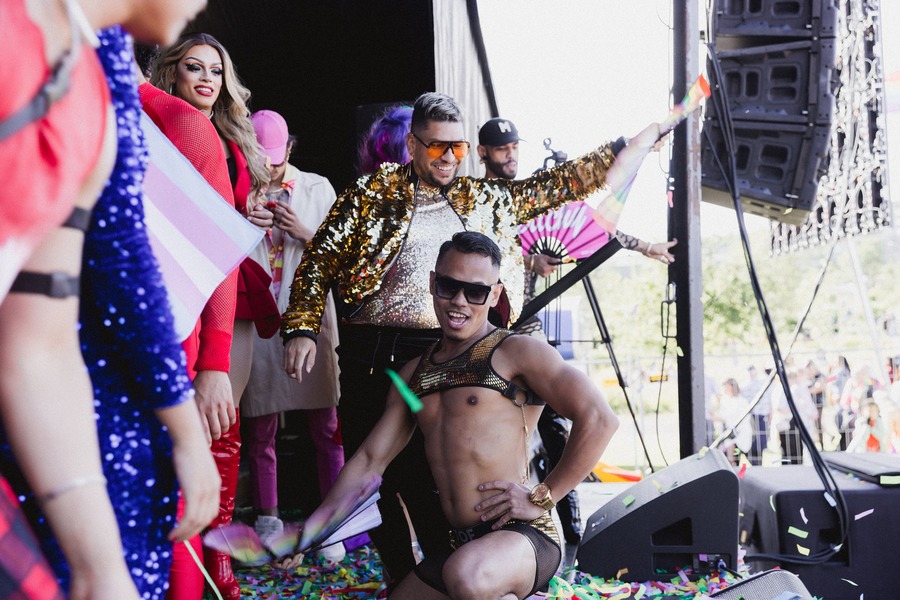
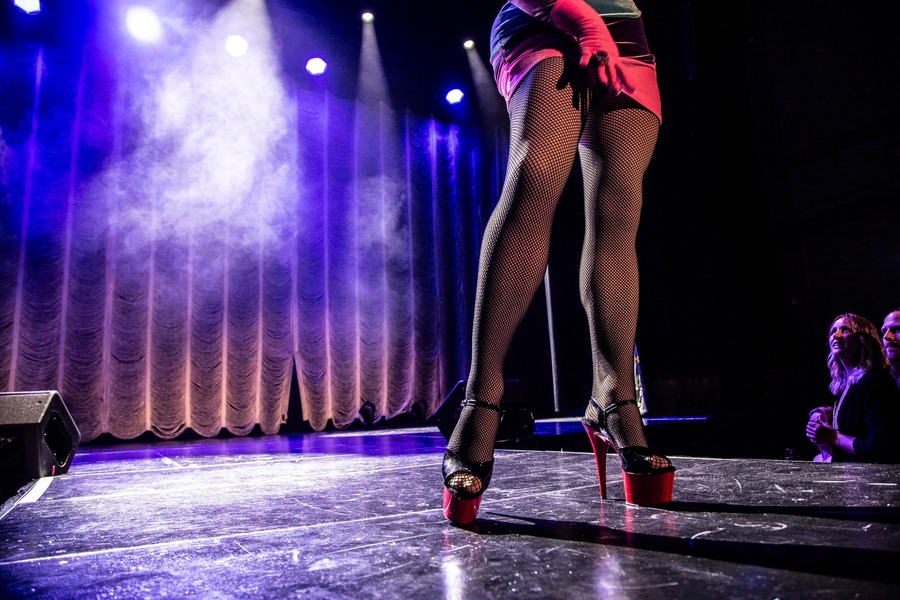

KALTBLUT: In summing up, how would you describe where Iceland and your work stand now for the LGBTQI+ community?
Hannes: We’ve mostly managed with progressive views, but before that, we had to fight for our rights. We’re pretty lucky—Civil Unions were introduced in 1996, making us one of the first five countries in the world to offer this. That feels like a lifetime ago. I was 33 when same-sex marriage was legalized in Iceland. For me, coming out wasn’t massively adversarial, but suddenly I had the same rights as my sister. Having equal rights—from marriage to divorce—was important.
That said, we’re lucky in Iceland, but it’s not perfect. It’s not a utopia, just better than many other countries. Pink Iceland started in 2010 as a queer company, wanting to contribute to the community—it’s part of the same-sex legacy. We’ve done over 1,100 weddings since then and grown to 10 full-time employees. Today, 80% of our clients are straight, which shows that people seek us out for our values. It’s a testament to the inclusive environment we’ve built, and the trust people place in what we stand for.
For the latest on Pink Iceland from weddings to travel follow @pinkiceland or www.pinkiceland.is
Icelandair flies daily from Berlin to Reykjavik. Economy flights start from €295 return per person and €835 return per person in Saga Premium. To book visit icelandair.com/de-de
@reykjavikpride is organized and held by the not-for-profit organization Hinsegin dagar í Reykjavik – Reykjavík Pride. Any profit or surplus funds the organization raises are used to improve the events and support the LGBT+ communities.
Interview by Jennifer Newton – Lifestyle, Culture & Travel writer.

